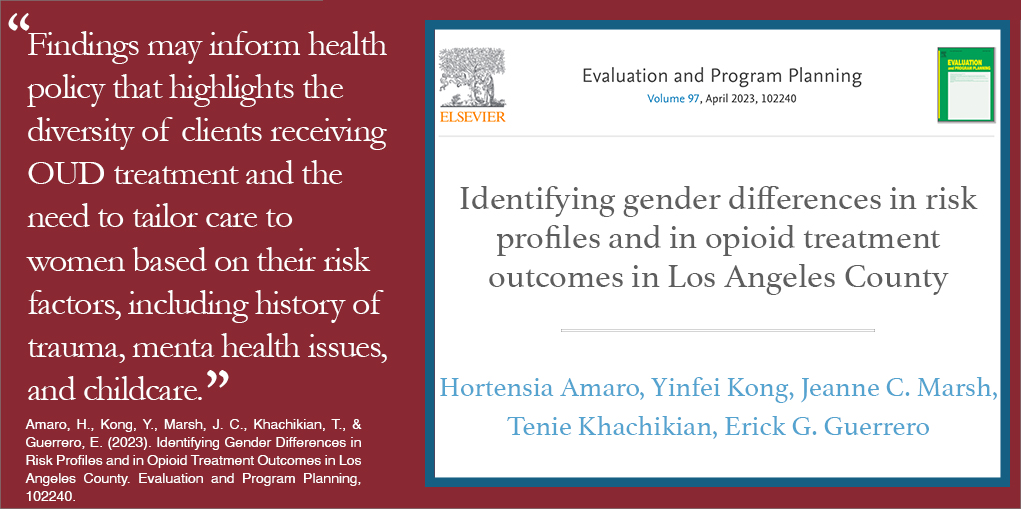Policies and programs that aim to minimize wait time to enter opioid use disorder (OUD) treatment and maximize retention respond to potential differences in female and male clients’ risk profiles. We conducted multigroup latent class analysis using significant individual risk factors. Our sample included 13,453 opioid treatment episodes from 135 unique substance use disorder treatment programs in Los Angeles County, California, in four waves: 2011 (66 programs, 1035 clients), 2013 (77 programs, 3671 clients), 2015 (75 programs, 4625 clients), and 2017 (69 programs, 4106 clients). Groups at risk of waiting longer included clients who were female, had mental health issues, received medication for OUD, had criminal justice involvement, received mandated referrals, had children in child protective services, and had caretaker responsibilities. All clients with children in protective services were likely to wait longer than those not in protective services, but women waited longer. Findings highlight that: (a) women and men in OUD treatment have significant health and social problems; (b) female and male clients have distinct risk profiles; and (c) targeted services responding to risk profiles may improve treatment access and engagement. Findings have implications for health policy and program evaluation and planning in the delivery of treatment services considering gendered risk factors.
To read the full article click here.

